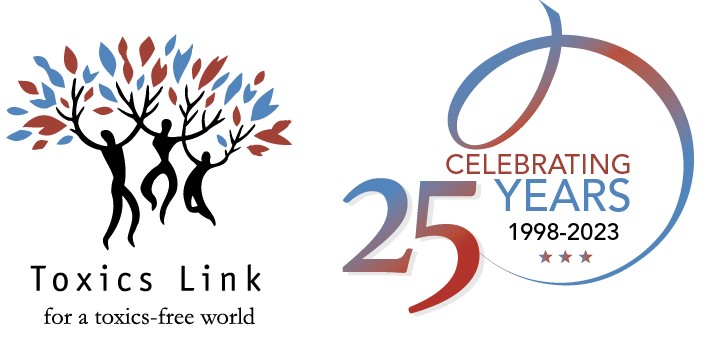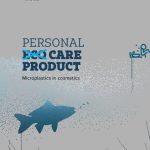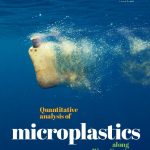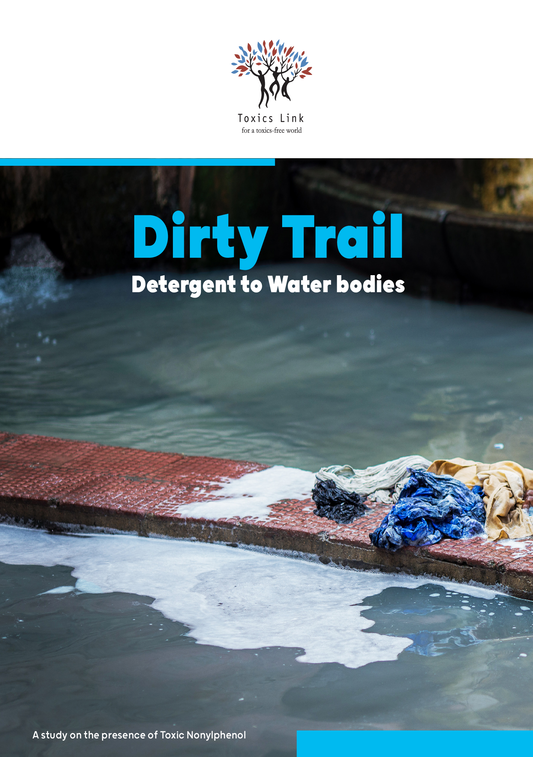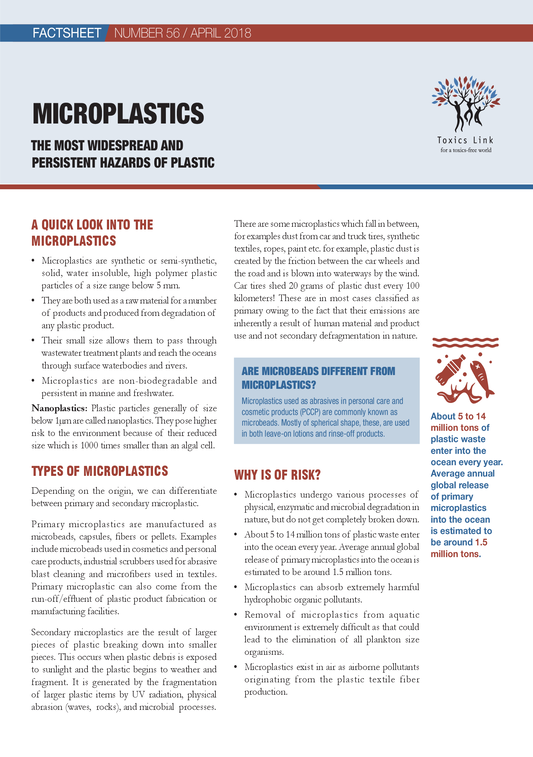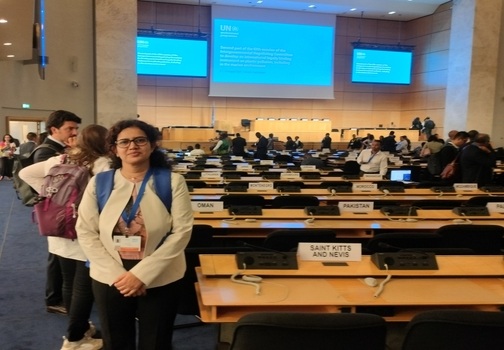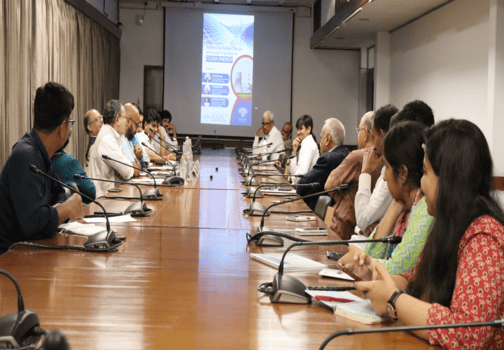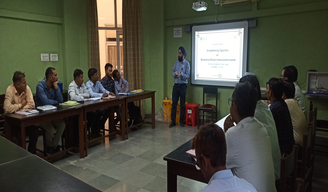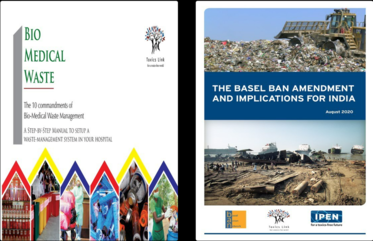Dirty Cleanser
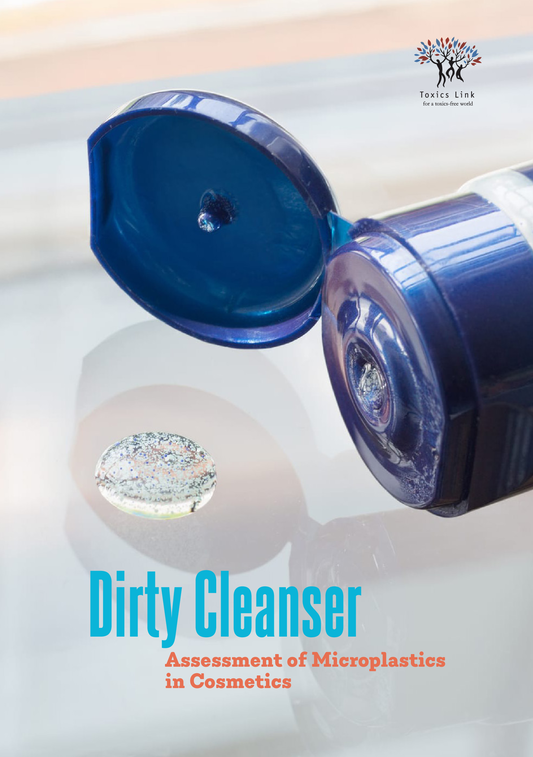
Title: Dirty Cleanser
Publication Type: Research Reports
Year of Publication: 2022
Abstract:Microplastics have assumed critical proportion, mainly because of the widespread distribution as well as its possibility to impact the environment and the living beings. Though there is a need to reduce microplastics pollution from both primary as well as secondary sources, in applications like PCCP, it is easier because most of the times, these are not essential ingredients and are intentionally added to products. Despite worldwide attention devoted to the ocean plastics crisis, in India, there has been no action till date to restrict use of microbeads in PCCPs. To address this gap, Toxics Link has conducted a primary study to access the presence of microbeads in PCCPs. A total of 35 samples from personal care and cosmetics products (facewash, scrub, and body wash) were analysed to assess microbeads presence. Toxics Link found that out of 35 samples, 20 were detected with presence of polymers. Among the 20 samples with polymers, 14 have microplastics beads. Fourteen different type of polymers, namely acrilonitrile film, polyethyelene, poly acrylic, acrilonitrile/butadiene/styrene, polyvinyl alcohol, polyimide, poly butyl methacrylate, PAM, lanoline, ethylene/propylene copolymer, polypropylene, LDPE, ethylene/vinyl acetate coploymer, and EVOH were detected.
